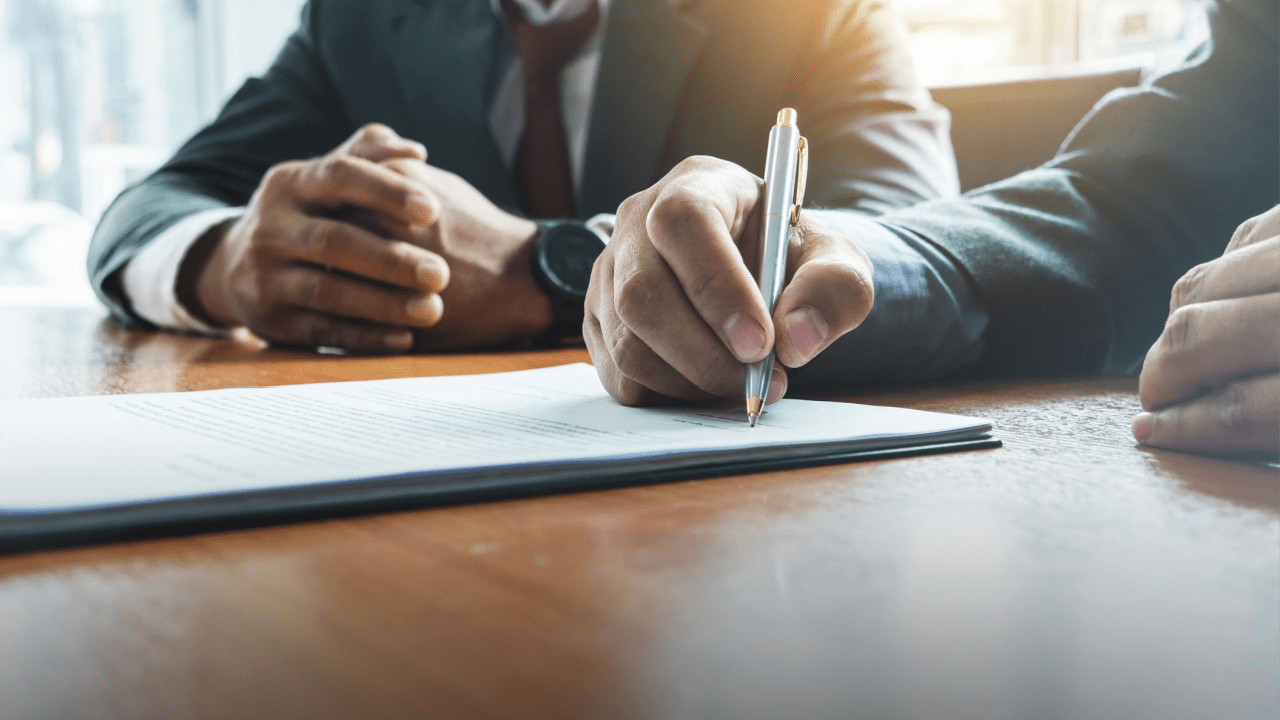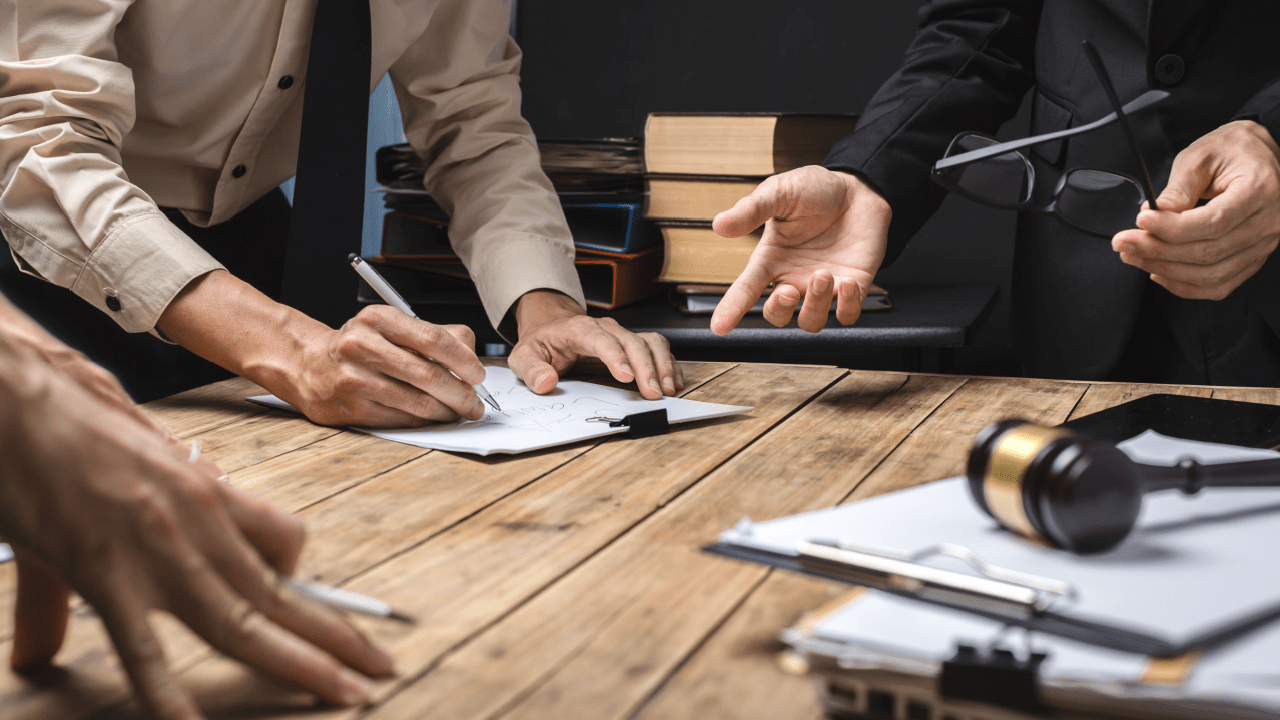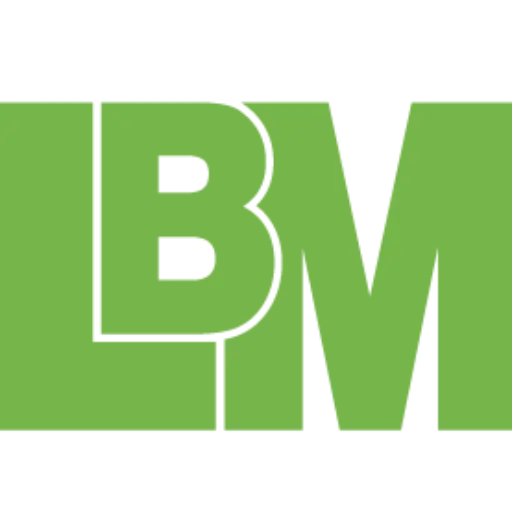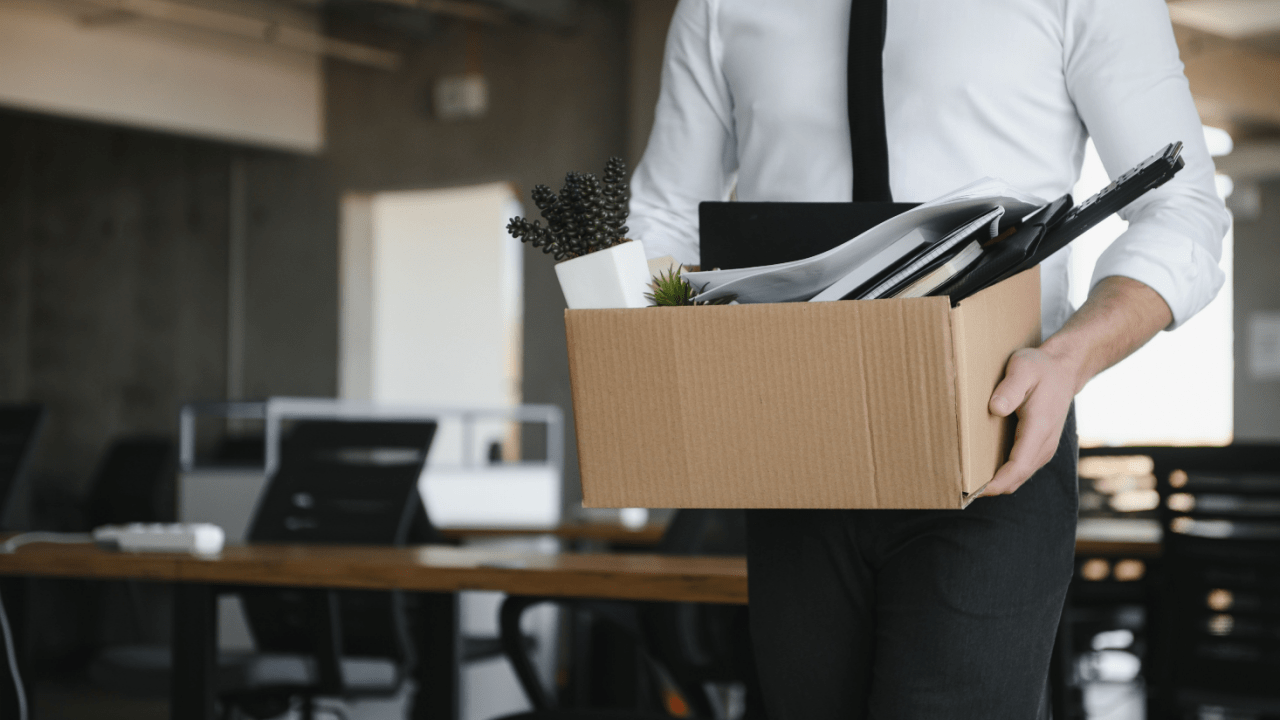- Mon - Fri: 8.30 AM - 5:00 PM
- 26565 Agoura Rd., 200, Calabasas, CA 91302
- 818-884-8075

What Happens When a Customer Files for Bankruptcy? A Guide for Business Owners and Creditors
What Happens When a Customer Files for Bankruptcy? Steps for Creditors
What happens when a customer files for bankruptcy is a question every business owner or service provider may face at some point. When a client enters bankruptcy, the legal process changes how, when, and sometimes even if you can collect the money you’re owed. While the situation can be frustrating for creditors, there are important steps you can take to protect your interests and potentially recover part of the debt. In this article, we’ll explain your rights, outline the process, and highlight what actions to take—and avoid.
Immediate Effect: The Automatic Stay
As soon as a customer files for bankruptcy, the court issues an automatic stay—a powerful legal protection that stops most collection actions immediately.
What the Automatic Stay Does:
- Halts collection calls, letters, and emails
- Prevents lawsuits, wage garnishments, and repossessions
- Freezes enforcement of judgments already obtained
- Prohibits most creditors from contacting the debtor
For you, the creditor, this means you must stop trying to collect payment on your own—even if the debt is valid and overdue.
Violating the automatic stay can result in legal penalties, so it’s important to stop any collection activity as soon as you learn about the bankruptcy filing.
Understanding the Type of Bankruptcy Filed
The next step in understanding what happens when a customer files for bankruptcy is identifying the type of bankruptcy they’ve filed.
Common Bankruptcy Types:
- Chapter 7 (Liquidation – Individual or Business): Assets are sold, and proceeds are distributed to creditors in order of priority. Many unsecured debts are discharged.
- Chapter 13 (Reorganization – Individual): The customer proposes a 3–5 year repayment plan to pay back part or all of their debt.
- Chapter 11 (Reorganization – Business or High-Debt Individuals): The business remains open and restructures debt under court supervision.
Knowing the chapter is important because it tells you:
- How likely you are to receive payment
- When and how to file a claim
- Whether the customer will remain in business
Filing a Proof of Claim
To receive any possible payment, you’ll likely need to submit a proof of claim—a legal document that tells the bankruptcy court how much you’re owed and for what reason.
How to File a Proof of Claim:
- Get a copy of the bankruptcy notice (you should receive one by mail if you’re listed as a creditor).
- File the claim with the appropriate bankruptcy court, using Official Form 410.
- Include documentation such as invoices, contracts, or court judgments.
- Submit before the claims deadline (called the “bar date”).
If you don’t file on time, you may lose your right to recover anything.
Claim Categories:
- Secured claims: Backed by collateral (e.g., equipment, property)
- Unsecured claims: Not tied to an asset (e.g., service fees, credit card debt)
- Priority claims: Certain taxes, wages, or child support (often paid before others)
Can You Still Get Paid?
Whether or not you’ll be paid depends on the customer’s assets, the type of bankruptcy, and where your claim ranks among others.
In Chapter 7:
- The trustee liquidates non-exempt assets
- Funds are distributed to creditors in order of priority
- Many unsecured creditors receive only partial payment—or nothing at all
In Chapter 13 or 11:
- You may receive regular payments as part of the reorganization plan
- The repayment amount depends on the debtor’s income and total debt
- If the debtor fails to complete the plan, you may recover less or nothing
Keep your expectations realistic—even a partial payment is common in bankruptcy cases.
Final Thoughts: What Happens When a Customer Files for Bankruptcy?
So, what happens when a customer files for bankruptcy? First, your ability to collect is immediately halted by the automatic stay, and your role shifts from active collector to participating creditor in a court-led process. While it may feel discouraging, acting quickly—by identifying the type of bankruptcy, filing a proof of claim on time, and monitoring the case—can help you recover part or all of what you’re owed. If the debt is significant, getting legal advice can help maximize your position in the case.
Need Help Navigating a Customer Bankruptcy? Get Legal Guidance Today
Still unsure what happens when a customer files for bankruptcy and how to protect your business? Legal Brand Marketing connects you with experienced bankruptcy attorneys who can guide you through filing claims, understanding creditor rights, and recovering what’s possible. Don’t let the process overwhelm you—reach out today to get strategic advice and protect your bottom line.
Frequently Asked Questions (FAQs)
1. Can I continue doing business with a customer who filed for bankruptcy?
Yes, but proceed with caution. Any new transactions should be structured carefully, as the customer’s finances are now under court supervision, and payments may be restricted.
2. What happens if I accidentally continue collection efforts after a customer files?
Continuing collection efforts after a bankruptcy filing violates the automatic stay and could lead to court sanctions, fines, or legal liability.
3. Do I need an attorney to file a proof of claim?
Not necessarily, but for larger claims or complex cases, working with an attorney can help ensure your claim is properly filed and prioritized.
4. Can I recover goods or services delivered just before the bankruptcy?
Possibly. In some cases, you may be able to file a reclamation claim or challenge recent transfers, but this depends on timing and bankruptcy laws in your jurisdiction.
5. What happens if I’m not listed as a creditor in the bankruptcy notice?
If you believe you’re owed money but didn’t receive notice, you may still file a proof of claim and request to be added to the creditor list—ideally with legal guidance.
Key Takeaways
- The automatic stay goes into effect immediately, requiring you to halt all collection actions or risk legal consequences.
- Understanding the type of bankruptcy filed is critical, as it determines whether you may receive payment and how the repayment process will work.
- Filing a proof of claim on time is essential, or you could forfeit your right to recover any portion of the debt.
- Your ability to recover depends on your claim type, with secured and priority claims often paid before general unsecured debts.
Staying proactive and informed helps protect your interests, and in more complex cases, legal counsel can be a valuable asset.
Contact Us
Recent Posts

Auto Accident Leads
What Happens When a Customer Files for Bankruptcy? A Guide for Business Owners and Creditors
Read More »
October 2, 2025

Auto Accident Leads
What Happens When a Customer Files for Bankruptcy? A Guide for Business Owners and Creditors
Read More »
October 1, 2025


